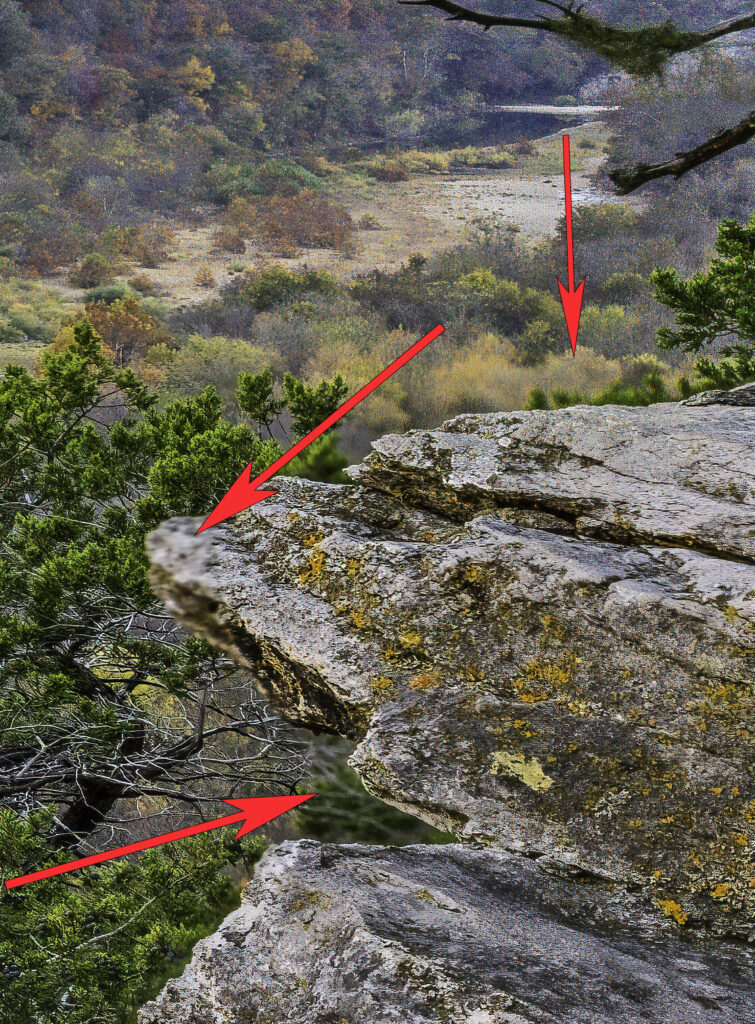
I have just posted a new write up on how to fix errors when you are using Helicon Focus. Most time the software works perfectly and creates an excellent blend. But there are times where it will have issues with the focus blend, depending on the blending method that is used. This article has some ideas and possible solutions to get around these type of errors.
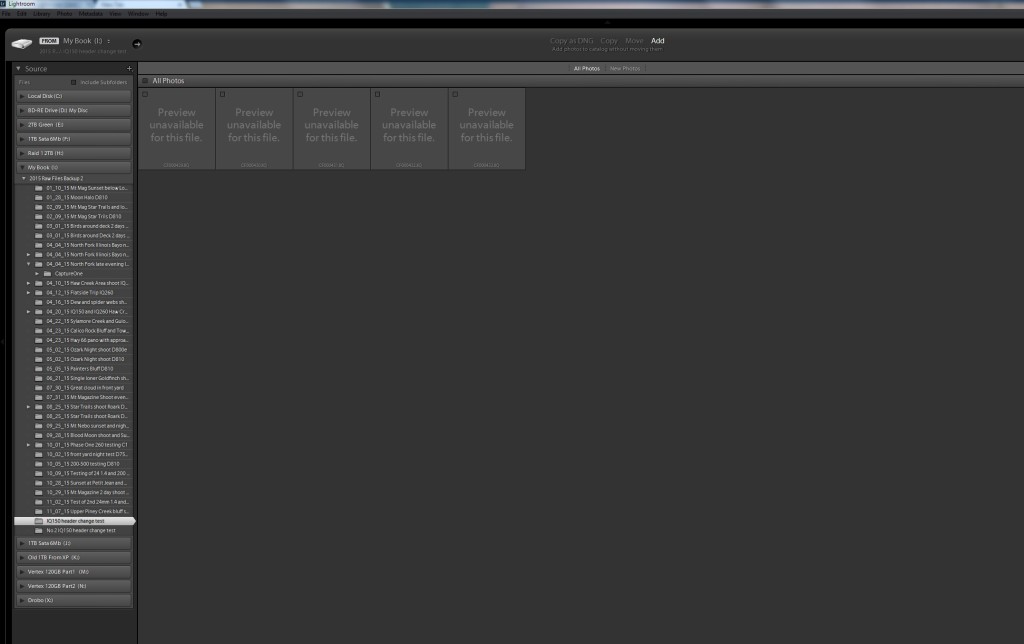
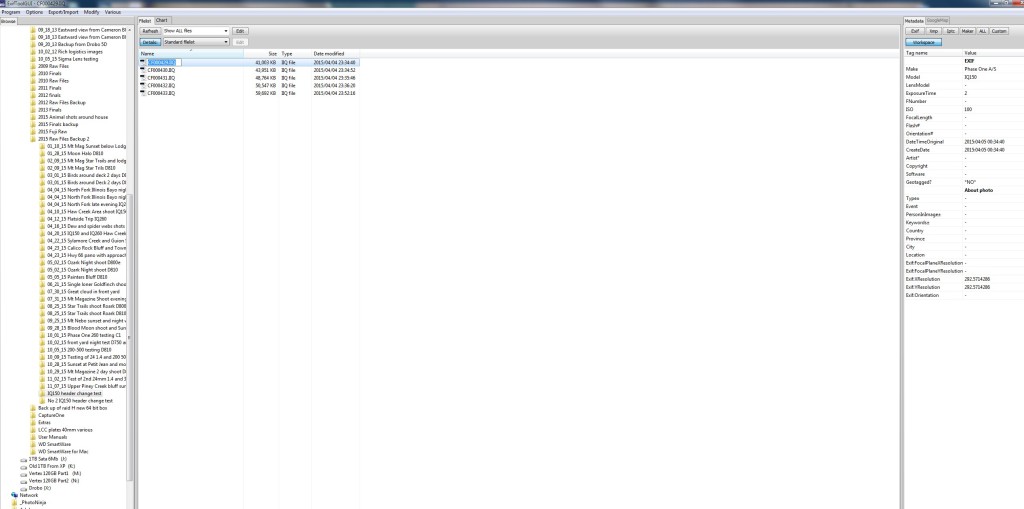
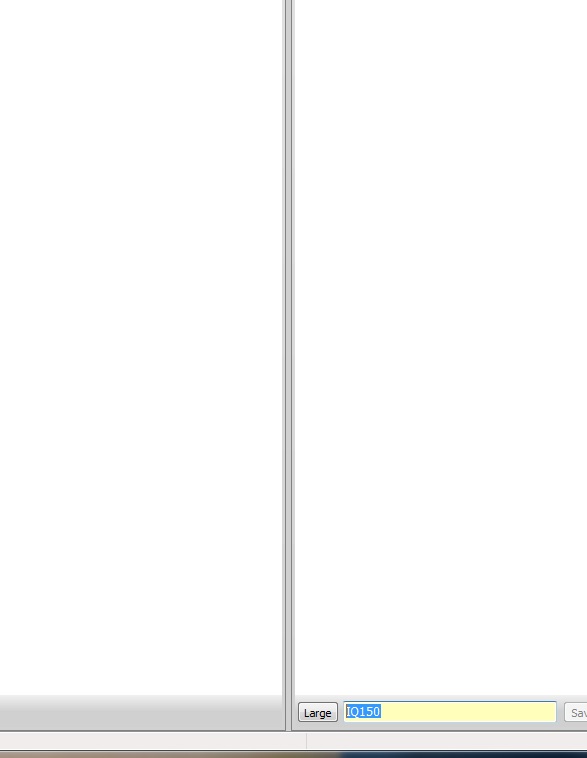
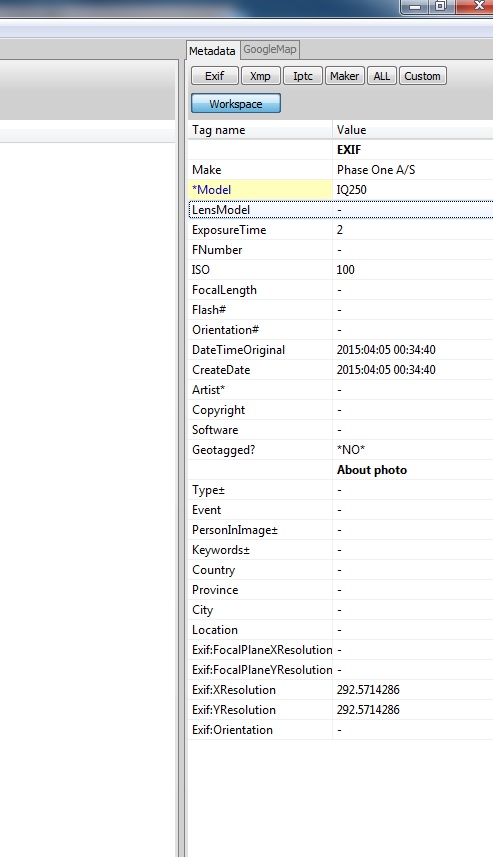
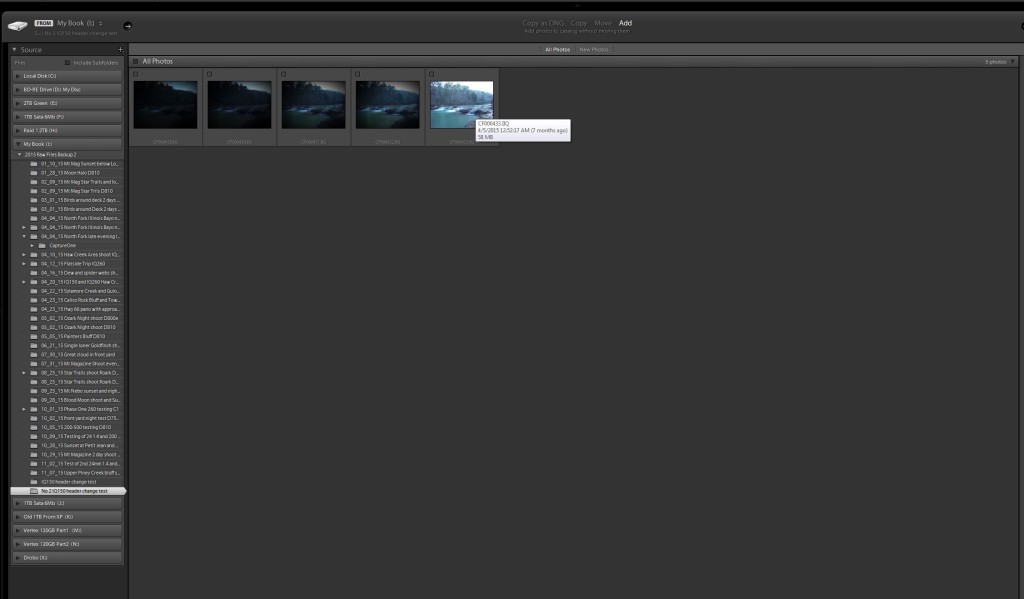

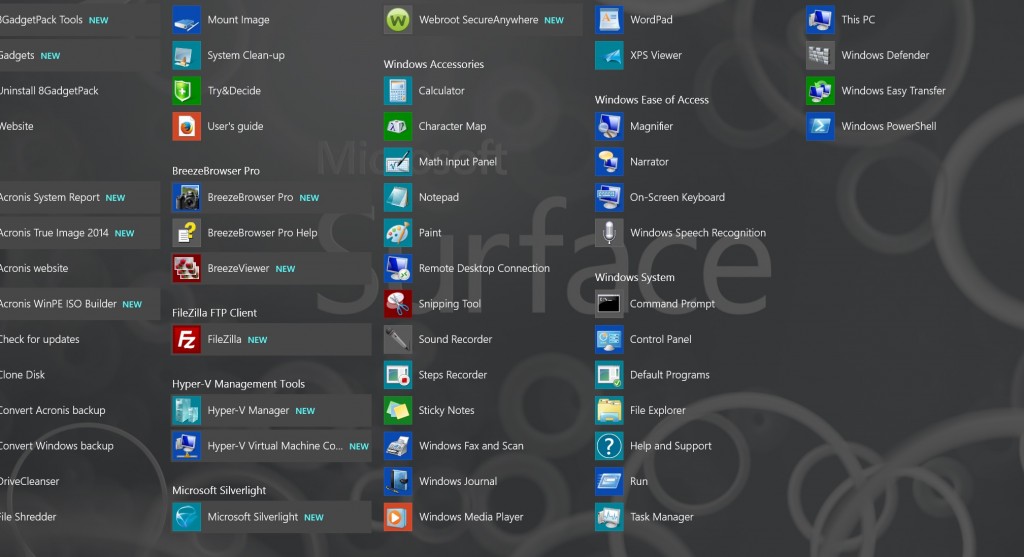
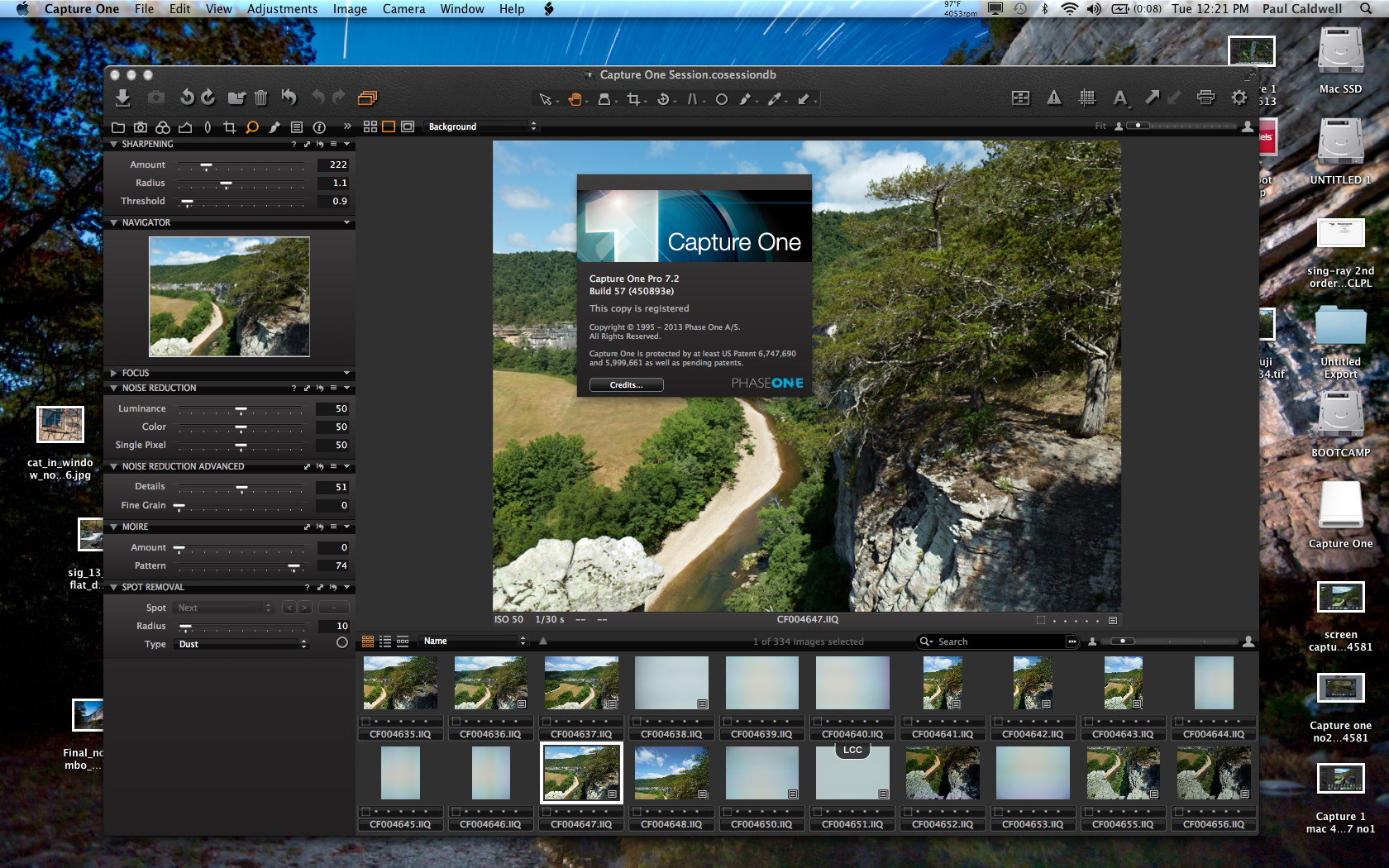
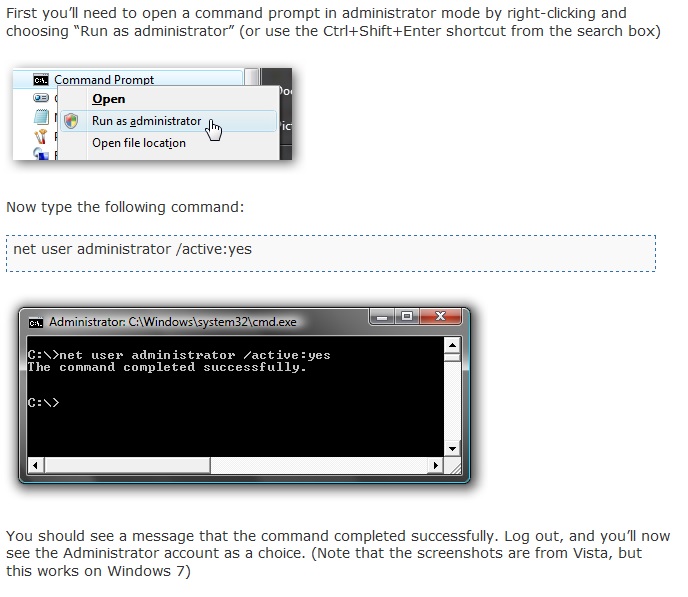
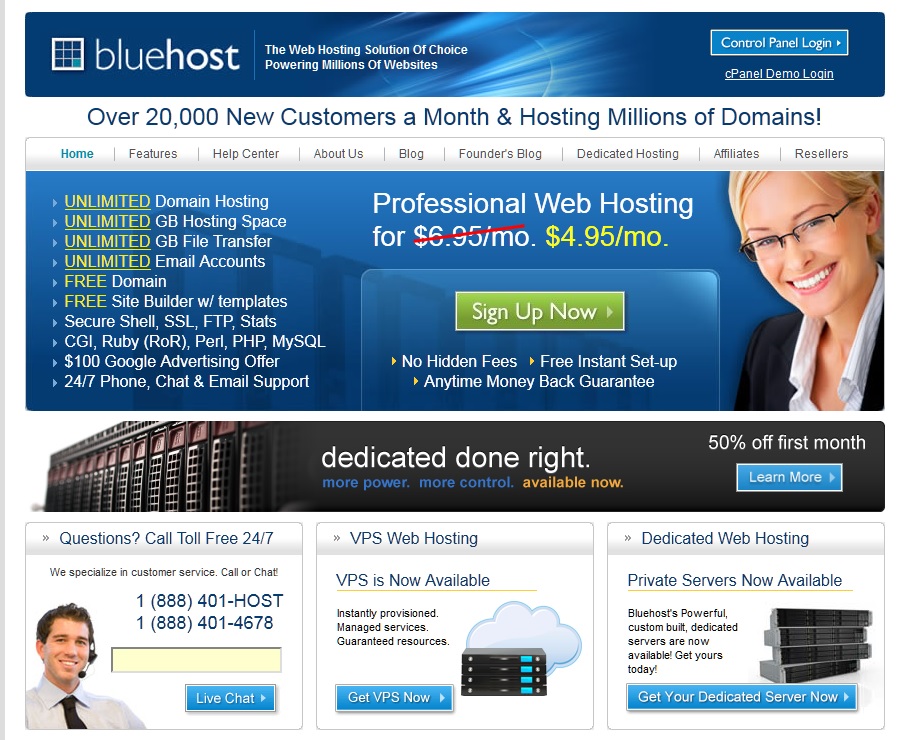
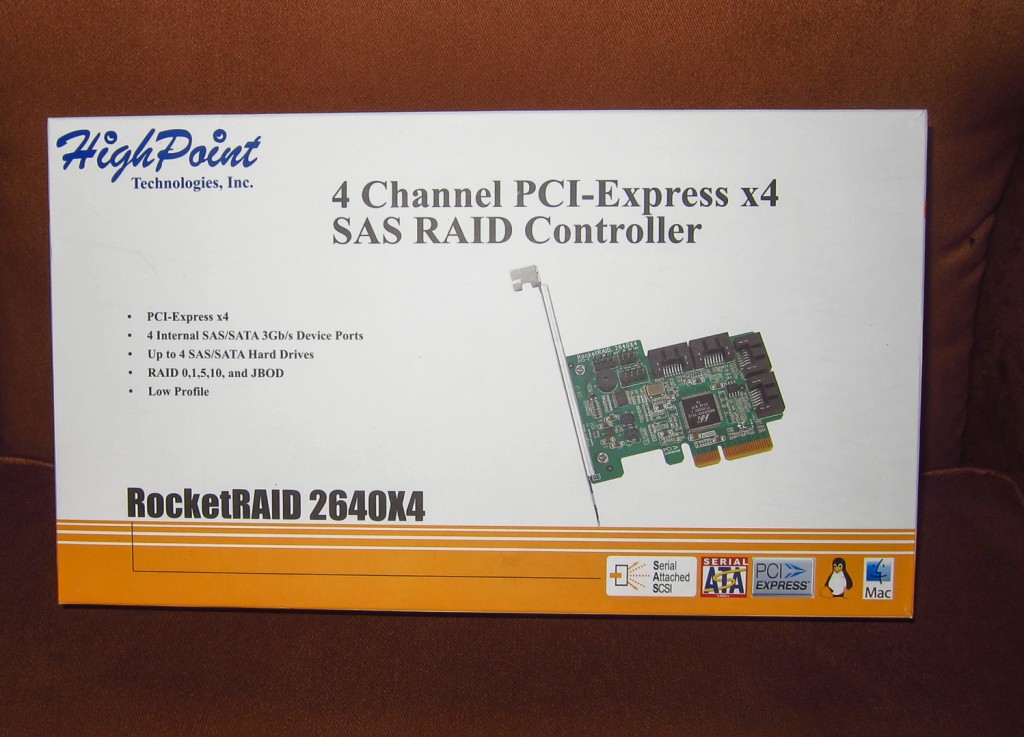



Recent Comments